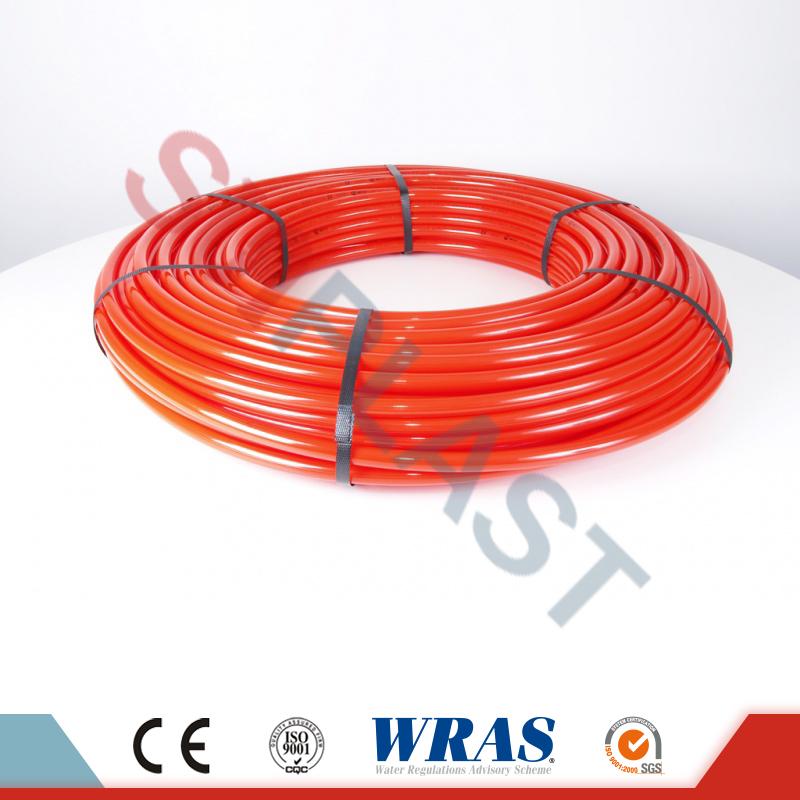
- English
- Español
- Português
- русский
- Français
- 日本語
- Deutsch
- tiếng Việt
- Italiano
- Nederlands
- ภาษาไทย
- Polski
- 한국어
- Svenska
- magyar
- Malay
- বাংলা ভাষার
- Dansk
- Suomi
- हिन्दी
- Pilipino
- Türkçe
- Gaeilge
- العربية
- Indonesia
- Norsk
- تمل
- český
- ελληνικά
- український
- Javanese
- فارسی
- தமிழ்
- తెలుగు
- नेपाली
- Burmese
- български
- ລາວ
- Latine
- Қазақша
- Euskal
- Azərbaycan
- Slovenský jazyk
- Македонски
- Lietuvos
- Eesti Keel
- Română
- Slovenski
- मराठी
- Srpski језик
The introduction of the PEX pipe
Ordinary high-density polyethylene (HDPE and MDPE) pipes, whose macromolecules are linear knots, have the biggest disadvantage of poor heat resistance and creep resistance. Therefore, ordinary high-density polyethylene pipes are not suitable for conveying media with temperature greater than 45 ℃. "Crosslinking" is an important method of polyethylene modification. After crosslinking, the linear macromolecular structure of polyethylene becomes PEX with three-dimensional network structure, which greatly improves the heat resistance and creep resistance of polyethylene. At the same time, its aging resistance, mechanical properties and transparency are significantly improved. The higher the degree of crosslinking, the more obvious the improvement of these properties is. At the same time, it inherits the inherent chemical corrosion resistance and flexibility of polyethylene pipe. There are three types of commercial PEX tubes.
PEX pipe features
Excellent heat and cold resistance, high thermal strength at high temperature:
Excellent low temperature toughness:
Heating does not melt:
Extraordinary creep resistance: creep data is an important basis for product design and engineering material selection. Compared with traditional materials such as metal, the strain behavior of plastic is obviously dependent on loading time and temperature. The creep characteristics of PEX pipe are almost one of the most ideal pipes in common plastic pipes.
Semi permanent service life: after PEX pipe passes the test of temperature 110 ℃, ring stress 2.5MPa and time 8760h, it can be deduced that its continuous service life is 50 years at 70 ℃.

PEX pipe features
Excellent heat and cold resistance, high thermal strength at high temperature:
Excellent low temperature toughness:
Heating does not melt:
Extraordinary creep resistance: creep data is an important basis for product design and engineering material selection. Compared with traditional materials such as metal, the strain behavior of plastic is obviously dependent on loading time and temperature. The creep characteristics of PEX pipe are almost one of the most ideal pipes in common plastic pipes.
Semi permanent service life: after PEX pipe passes the test of temperature 110 ℃, ring stress 2.5MPa and time 8760h, it can be deduced that its continuous service life is 50 years at 70 ℃.

Previous:Hdpe tube




